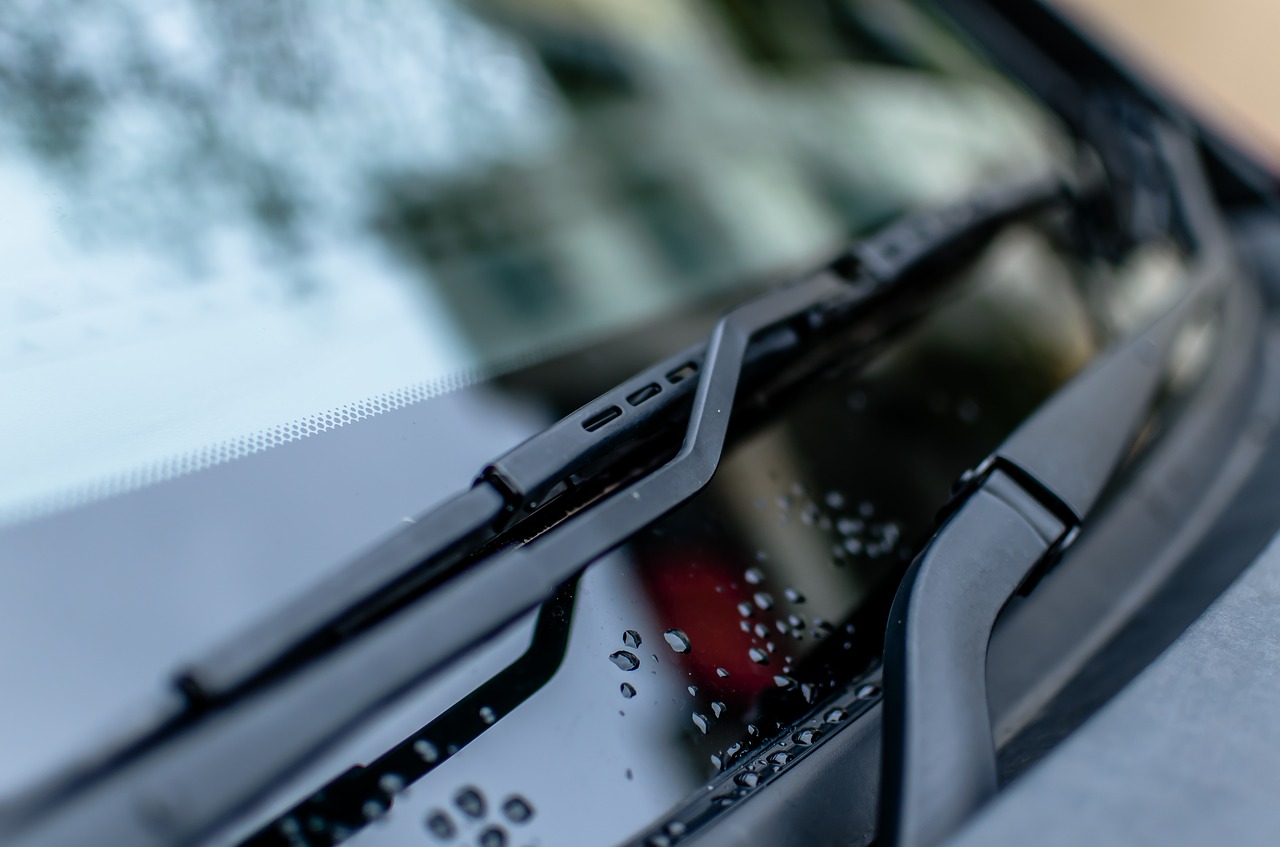Windshield wipers are some of the most important components on a vehicle. You can help keep them working well by installing quality blades like those manufactured by Trico, but other problems can arise. When this happens, it is important to diagnose and fix the problem quickly to maintain your visibility. If the wipers on a car do not work, it is not safe to operate the vehicle. Wipers can fail for a number of different reasons and one of the issues that can prove difficult to identify is a problem with the linkage.
Wiper blades work by a combination of an electric motor that supplies power and a linkage that helps convert the rotational output of a motor into the back-and-forth motion of the wipers. The motor typically has a worm gear reduction to help multiply the torque of the motor while slowing the output speed. This approach provides the power necessary to move the wiper blades in a quick manner.
The gear reduction output operates the linkage that actually moves the wiper blades back and forth. The linkage consists of a cam that spins as the wiper motor turns. The cam is connected to a long rod that moves back and forth as it spins. This long rod is connected to a short rod that actuates the driver’s side wiper and another long rod helps transmit force between the two blades.
The wiper motor is protected from elements and only rarely fails. However, the wiper linkage can fail as it does get some exposure to snow, wind, and rain, even if it is located under the hood. Furthermore, the linkage is subject to wear and tear and can sometimes break with no warning even though it is designed to last the lifespan of the vehicle. This happens most frequently in colder climates. If the blades freeze to the windshield and you activate them, this can damage the linkage. Some signs that the linkage needs to be repaired include:
1. The wiper blades fail to move.
If your wiper blades do not move when you activate them, it could be a failed motor or a problem with the wiper linkage. If you hear the motor turning, then the problem is likely with the linkage rather than something mechanical. This can also happen when the wiper arm gets stripped from the linkage, which is common in cold conditions causing the blades to freeze to the windshield.
If the blades are not moving and you suspect they are frozen, stop activating the motor and focus on defrosting the arms. When this happens, you should see a mechanic as quickly as possible to fix the linkage as driving without operational blades is extremely dangerous.
2. A grinding noise comes from the wipers.
Sometimes, you may hear a grinding noise as your blades move across the windshield. This noise is not caused by the blades themselves but rather the linkage working underneath the hood. This sort of grinding can occur if the blade arm gets attached too tightly to the linkage.
With this setup, the power cannot be adequately moved from the motor to the arms so the motor itself will begin to grind. If you do not address this issue quickly, the motor will likely burn out quite fast. Often, the solution to this problem is an easy adjustment to the linkage, so don’t let a simple issue turn into a more complex one like replacing the motor altogether.
3. The blades rotate out of sequence.
Wiper blades ideally work together to clear dirt, snow, and other debris from the windshield. The majority of vehicles have two blades that operate in a metronome-like pattern. If the blades start to move out of sequence with each other, they will not work as effectively to clear debris. When this happens, the issue is usually a problem with the linkage.
Sometimes, this can happen if the windshield wiper arm is only loosely connected to the linkage, which can occur because of something simple like a loose nut or something more pressing like a stripped linkage. Whenever the blades start working out of sequence with each other, it is worth a trip to the mechanic to determine exactly what the problem is. Even something like a loose nut can lead to stripping of the linkage if left unrepaired. If this happens, you will need to replace the linkage and the arms.
4. The wipers sputter while they move.
To be effective, wiper blades need to move smoothly over the surface of the windshield. The blades ideally move evenly across the glass so that the equivalent amount of debris and water is removed across the entire surface.
When the linkage begins to fail or gets loose, you could see some sputtering or hesitation with the blades. This hesitation may be due to issues with the connection between the linkage and wiper blade that can be fairly easily addressed, or it could point to the need for a new linkage system.
Importantly, sputtering is not always a sign that the linkage is failing. In some cases, you may simply need new wiper blades or perhaps the arm is bent. If the arm looks intact and you have recently replaced the blades, you may start to suspect an issue with the linkage.
